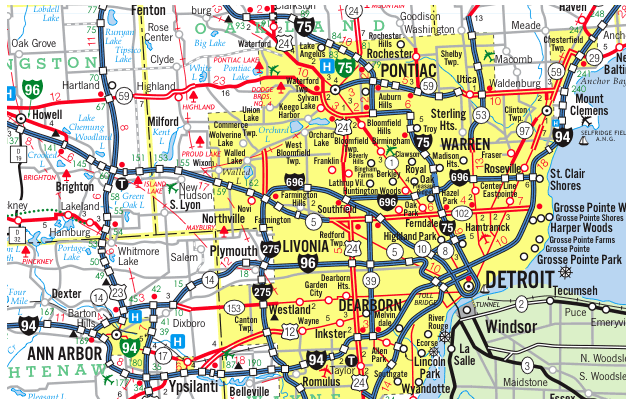Understanding Excavation Safety: Maximum Depth Before a Ladder is Required
Excavation work is a common aspect of construction, but it comes with significant safety risks. One of the key safety requirements for excavations is ensuring that workers have a safe means of exit and entry. According to OSHA (Occupational Safety and Health Administration) regulations, a ladder, stairway, or other safe means of egress must be provided in excavations that meet a specific depth threshold.
What Is the Maximum Depth Before a Ladder Is Required?
OSHA standards (29 CFR 1926.651) state that a ladder, stairway, or ramp must be provided in any trench or excavation that is 4 feet (1.22 meters) or deeper to allow employees to safely enter and exit the work area.
Key Requirements for Ladder Placement
- Ladders must be positioned within 25 feet (7.6 meters) of all employees working inside the excavation.
- The ladder must extend at least 3 feet (0.91 meters) above the edge of the excavation for safe access.
- The ladder must be secured and stable to prevent movement or tipping.
Why Is This Requirement Important?
Excavations pose serious hazards, including cave-ins, falling objects, and restricted oxygen levels. Without proper egress, workers could become trapped in an emergency, increasing the risk of injury or death.
By following OSHA guidelines and ensuring proper ladder placement in trenches 4 feet or deeper, employers can significantly reduce risks and maintain a safe working environment.
For deeper excavations or those with additional hazards, employers may need to implement more advanced safety measures, such as shoring, shielding, or benching, to prevent collapses.
Final Thoughts
Complying with excavation safety regulations is not just about avoiding fines—it’s about protecting lives. Ensuring proper access and egress for workers in trenches deeper than 4 feet can make a crucial difference in workplace safety. Always follow OSHA standards and conduct regular safety inspections to prevent accidents on the job site.




 Our Construction company is Servicing Southeast Michigan, Detroit and the Tri-County area Wyane, Oakland and Macomb;
Our Construction company is Servicing Southeast Michigan, Detroit and the Tri-County area Wyane, Oakland and Macomb;

